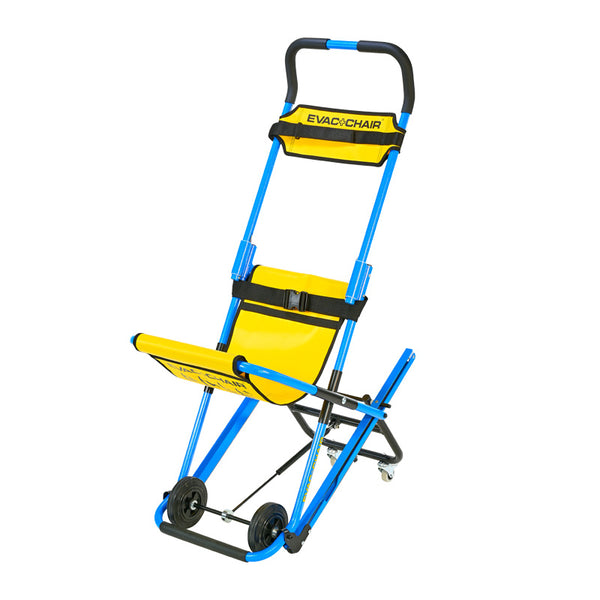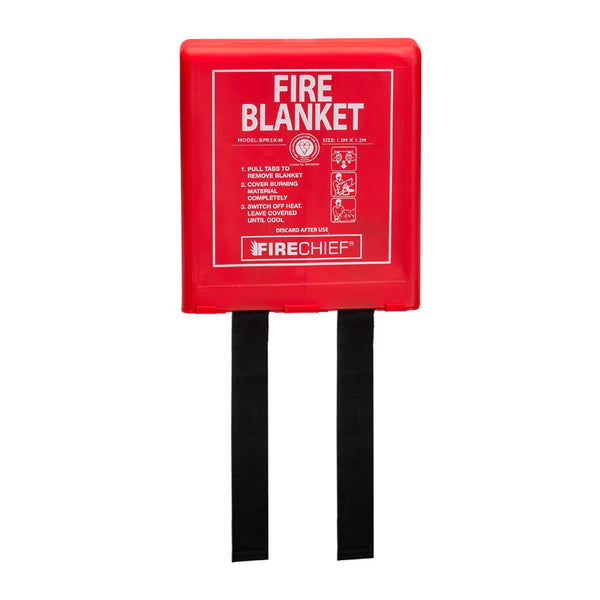Providing a clear and unambiguous means of escape from buildings in the event of fire is fundamental to life safety and must be incorporated at an early stage in the design of a building.
The Regulatory Reform (Fire Safety) Order 2005 requires a means of escape that will ensure the safety of employees so far as reasonably practicable, and that may reasonably be required in the circumstances relating to the use of the building to ensure that the premises are also safe for people who are not employees.
Article 14 of the Fire Safety order details quite specific requirements in respect of means of escape summarised as follows.:
Exit routes and exit doors themselves are kept clear (of obstruction) at all times.
Emergency routes and Fire Exits must lead as directly as possible to a place of safety.
In the event of danger, it must be possible for persons to evacuate the premises as quickly and safety as possible.
The number and dimensions of emergency routes and exits must be adequate for safe egress of all persons in the building as quickly as possible .
Sliding or revolving doors must be not be used for exits specifically designated as emergency exits.
Emergency doors must not be so locked or fastened in a way that prevents them being easily and immediately opened by any person who may require to use them in emergency
(for example a padlock).
A number of points should be noted in respect of these requirements. Firstly and most importantly, the requirements are not absolute: they need to be implemented “where necessary”.
The “necessity “is determined by a fire risk assessment. Thus, for example, it is not the case that all fire exits in all premises need to open in the direction of escape.
While this might be essential for doors used by the public in a theatre, in many workplaces it might only be necessary if the door is likely to be used by more than around 60 people. Similarly, a sliding door may be acceptable on an escape route that will only ever be used by a few trained employees.
In addition, it is advisable to clearly mark designated escape routes and escape exits with appropriate fire safety signs.
Definition of Relevant Persons
The Regulatory reform (Fire Safety) order 2005 (and equivalent legislation in Scotland) differs from the now repealed fire precautions (workplace) Regulations in that, whereas the latter regulations were intended to ensure the safety of employees from fire, the new legislation is designed to protect both employees and “relevant persons” who are not employees. An explanation of who constitutes a relevant person is given below.
So who are relevant persons? The Legislation provides a definition. Relevant persons are
a) Any person (including the responsible person) who is or may be lawfully on the premises: and
b) Any person in the immediate vicinity of the premises who is at risk from a fire on the premises.
Relevant persons do not, however, include fire fighters dealing with a fire or other emergency service personnel. It should also be noted that only those lawfully on the premises are protected by the legislation. Also anyone outside the premises must be in the immediate vicinity to come within the scope of the legislation.
The requirements for it to be possible to escape as quickly and as safely as possible is arguably the key requirement. If there is some deficiency in the means of escape, it can hardly be argued that there has been compliance with this requirement.
However, the fire safety order has not changed the principles of fire safety. Traditionally, the two key factors in the provision of means of escape were travel distance and exit capacity. Travel distance is the maximum distance that must be travelled to reach an emergency exit: limits on travel distance have always been given in codes. This limitation on travel distance is simply to ensure that the requirement to evacuate quickly and safely is indeed possible, by limiting peoples exposure to any fire.
Similarly, guidance traditionally given on the number and widths of exits is intended to ensure that the entire population of a storey can pass though the available exits from that storey in a given time (typically 2.5 minutes) even if, where there is more than one exit, one exit is unavailable as result of the fire.
Traditionally, guidance on means of escape was applied in a prescriptive and somewhat rigid matter; the modern approach is that matters such as limitations on travel distance should be applied flexibly. The key question is wether people can escape from the building before a fire poses a threat to their safety. Thus, means of escapes should not be considered in isolation from other fire precautions. Measures for detecting fire, providing alarms and limiting fire development also need to be taken into account.
In larger buildings, particularly multi storey buildings, the provision of other emergency equipment can also be considered. Portable escape ladders, safety masks, emergency lights and fire blankets can all have a role to play in ensuring a safe escape in the event of fire.



